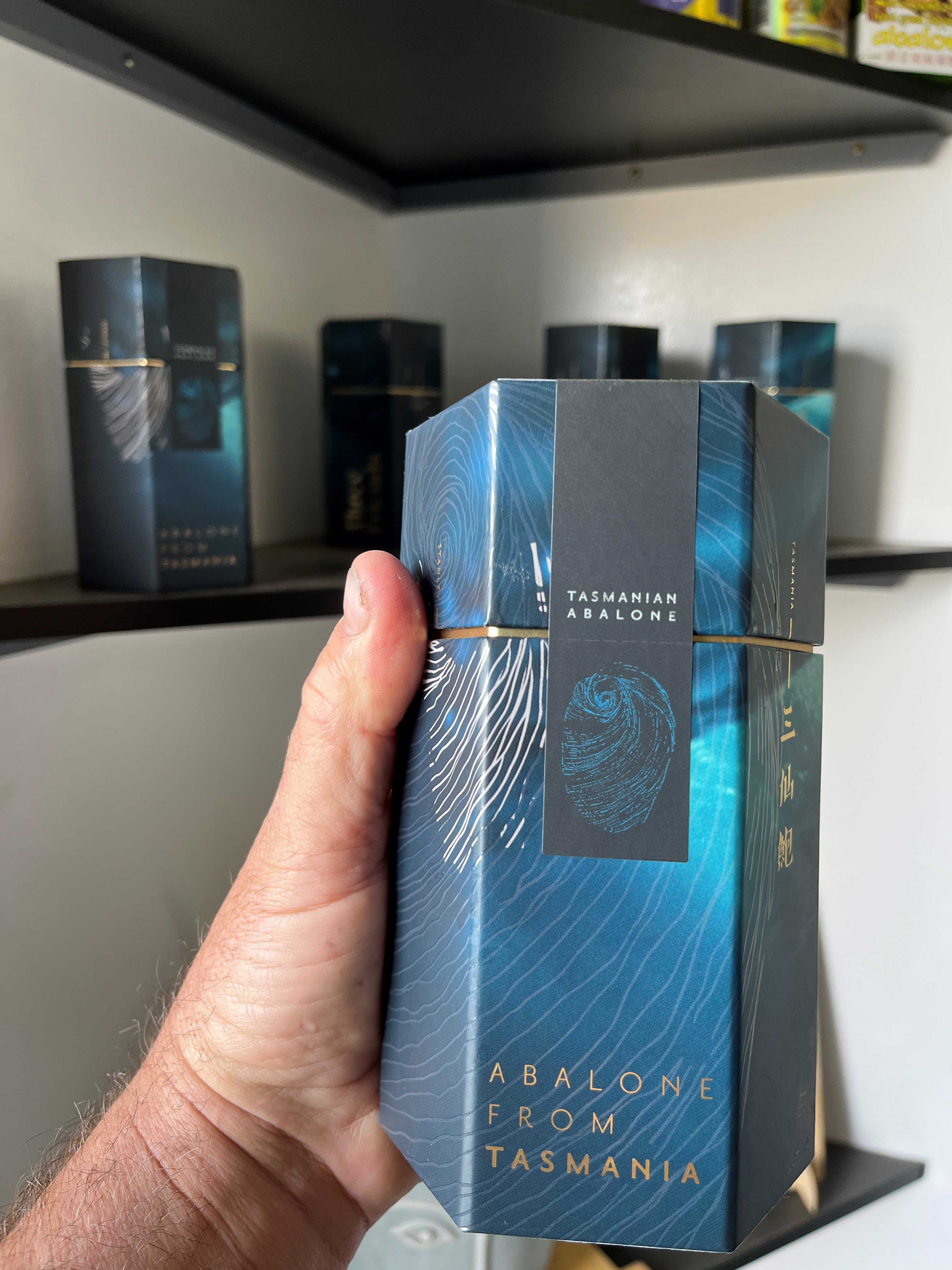As Australia’s Abalone aquaculture sector continues to prosper, small operations like Three Friends Abalone are delivering niche products to local, national, and international markets that value exceptional premium quality seafood.
Abalone is grown in all southern states in Australia, from large national companies with multiple farms, to small owner-operated farms. Three Friends Abalone as the name suggests, is one of the smaller operations and is based at Stanley, Northwest Tasmania.
When Joel Gilby Managing Director (and one of the three friends) was asked ‘Why Stanley?’, he immediately responded with ‘Clean water - the water quality is exceptional and that is critical to farming abalone’.
Three Friends Abalone has developed its own breeding stock, selecting for favourable traits such as growth rate and flesh colour. They produce millions of abalone larva (trochophores) each year which spend just a week in the hatchery before being relocated to the grow-out ponds. The juveniles start their farm life grazing on algae growing on plates. But they quickly outstrip algal growth and are put onto a plant-based pellet diet. Abalone take around 2 ½ years to get to harvest weight of 100-120 g.
Effective stock management of abalone is a vital aspect for farmers like Joel. This relies on knowing the number and sizes of abalone at various stages of production. Currently this information is collected manually which is expensive and can cause stress to animals, compromising growth and survival. To help the abalone farming sector, FRDC and the Australian Abalone Growers Assocation (AAGA) have invested in artificial intelligence research as a method for accurately measuring and counting abalone at nursery, weaning and grow-out.
This project, led by Jan Strugnell at James Cook University, created a highly accurate machine-learning based method for counting abalone (nursery stage) and measuring abalone (weaner and grow-out stages). A user-friendly, cross platform software application was also developed to enable abalone farmers to use the tool in the field.
The technology can vastly increase efficiency and improve accuracy in counting and measuring abalone in production systems. The tool can improve efficiency and productivity in the short term and be used as an advanced platform for on-farm R&D, such as feed trials, in the future.
To infinity and beyond!
Three Friends Abalone will capitalise on growing domestic and international demand for farmed abalone products by launching their own brand and marketing.
“We want to differentiate our product from the generic ‘Aussie farmed abalone’ both overseas and here in Australia. We see opportunities in mainland markets and closer to home in Tassie where tourists can sample our locally grown product,” says Joel.

“Traditionally abalone has been too expensive, and simply unavailable because of high export demand. Farmed abalone is changing this. It is much more affordable and available for the domestic market. Right here in Stanley you can now enjoy our farmed abalone off the pub menu, at a very reasonable price,” he says.
Related FRDC Projects
FRDC 2019-151 (Application of a machine learning approach for effective stock management of farmed abalone)





